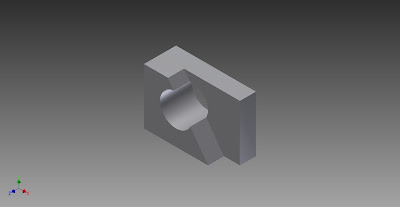
A new prosthetic arm – operated by an individual’s thoughts – was used by wounded warriors at the Walter Reed National Military Medical Center (WRNMMC) for the first time Jan. 24.
With nearly as much dexterity as a natural limb, 22 degrees of motion, and independent movement of fingers, the Modular Prosthetic Limb (MPL) was developed as part of a four-year program by the Johns Hopkins University Applied Physics Laboratory (APL), along with WRNMMC and the Uniformed Services University of the Health Sciences (USU).
On Jan. 24, Air Force Tech Sgt. Joe Delauriers began using the nine-pound device, maneuvering its metallic fingers and wrist.
Four months ago, Delauriers was injured by an IED blast in Afghanistan, which caused him to lose both his legs and part of his left arm. He said it’s an indescribable feeling to be where he is today, thanks to advancements in care.
“It’s really fun working with the hand and [exciting] to see what’s going to be coming in the future,” said Delauriers.
With an amputee, the nerves traveling down the spinal cord are still intact, and they’re still connected to some of the muscles in the arm.
The prosthetic limb is controlled by surface electrodes, which pick up electric signals generated by the muscles underneath the skin, then convert those patterns in electrical signals into a robotic function.
“What we try to do is pick up the electrical signals of the muscles that still exist in the arm and interpret those, convert them to a computer signal to then drive a robotic limb,” said Col. (Dr.) Paul Pasquina, chief of Orthopaedics and Prosthetics at WRNMMC and director for the Center of Rehabilitation Sciences at USU. “When an individual is thinking about closing their hand, muscles will activate and the prosthetic limb will respond accordingly.”
Pasquina added that he’ll continue his efforts to make this technology available to all service members and the population at large.
“The hand in itself is so important in terms of one’s independence. Your ability to dress yourself, feed yourself, do self-grooming and hygiene is extremely important,” said Pasquina. “Many of our injured service members were highly functioning, highly independent, had a great amount of responsibility. To now find themselves in a situation where they have an impairment or disability, that makes them less independent is something that not only affects them physically, but affects them emotionally. Anything we can do to [help] them be more independent and to regain that sense of self is something we’re fully committed to doing and very excited about the opportunities that this presents.”





























